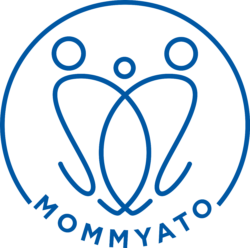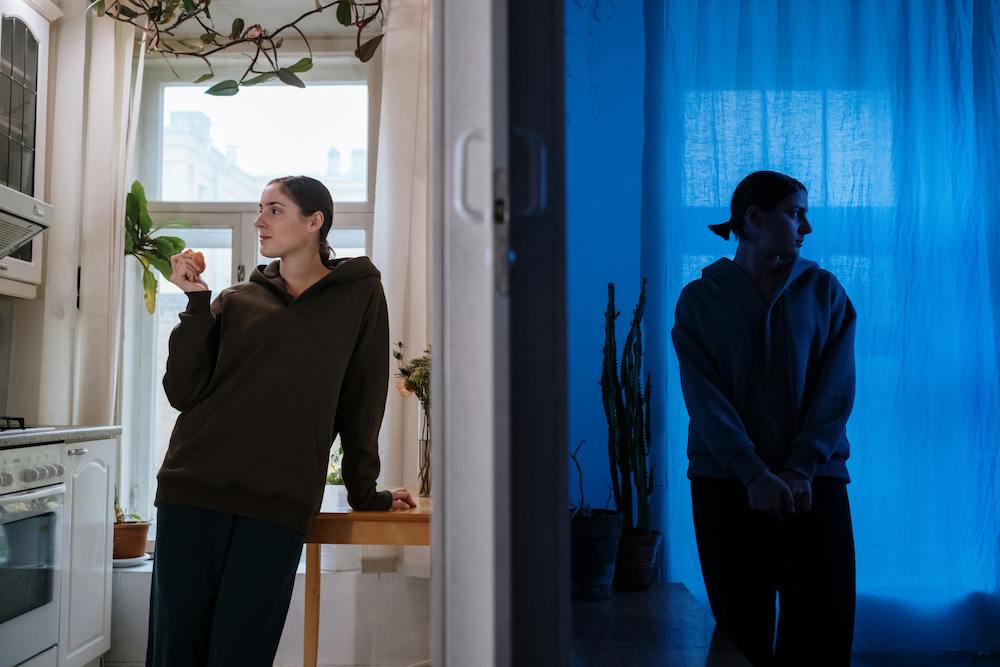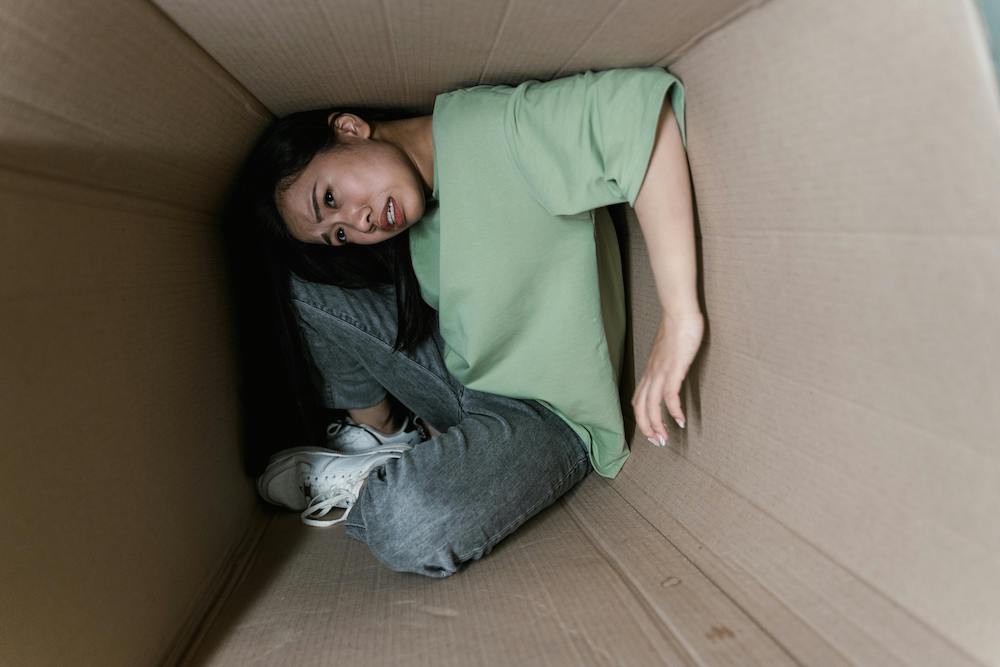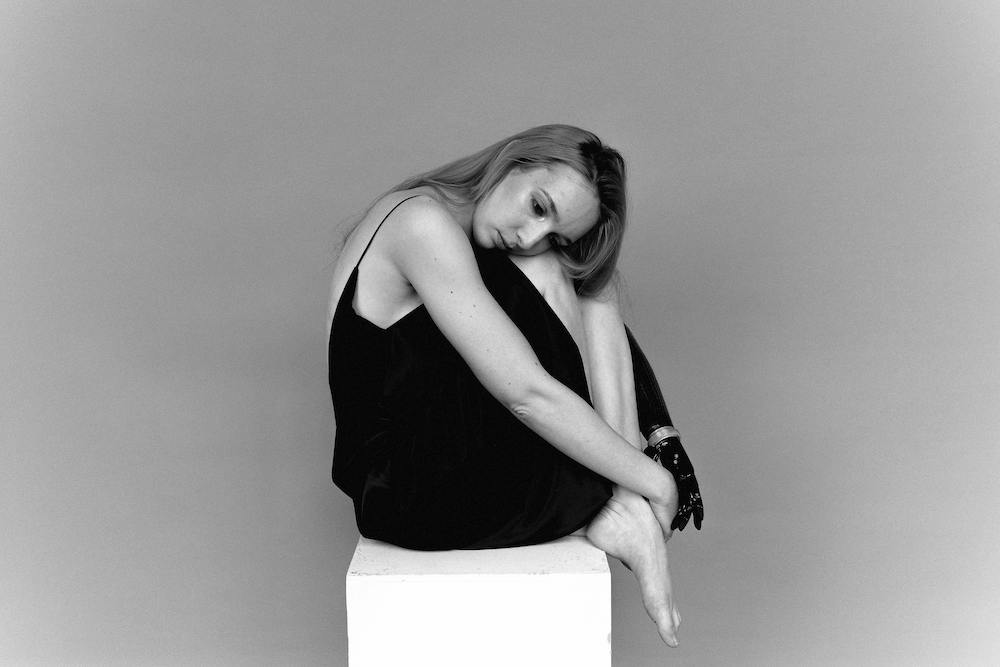Postpartum Depression
20 May Postpartum Anxiety, Panic & OCD
In honor of Maternal Mental Health in May, let’s look more closely at postpartum anxiety, panic, and obsessive compulsive disorders (OCD). Postpartum anxiety, panic and OCD are part of a broader classification of postpartum mood disorders, which also includes postpartum depression and postpartum psychosis. Postpartum anxiety disorders are very common in women, often occurring immediately or within 4-6 weeks after giving birth. Postpartum anxiety is characterized by fearful and distressing thoughts or feelings after the birth of the baby.13 May Is it Postpartum Depression or the Baby Blues?
Feeling down after giving birth? The hormonal fluctuations after giving birth can be a crazy ride because of the rapid drop in estrogen and progesterone that supported your pregnancy. Now that your baby is born, the high levels of these hormones are no longer needed. This phenomenon can lead to the Baby Blues, which affects 85% of postpartum women.²04 Oct Postpartum Depression: What you Need to Know
Depression during pregnancy and postpartum is the most common mental health condition Being pregnant and becoming a parent is often a time of joy and excitement. It can also be a time of worry and doubt, especially if this is your first time becoming a parent.5....
